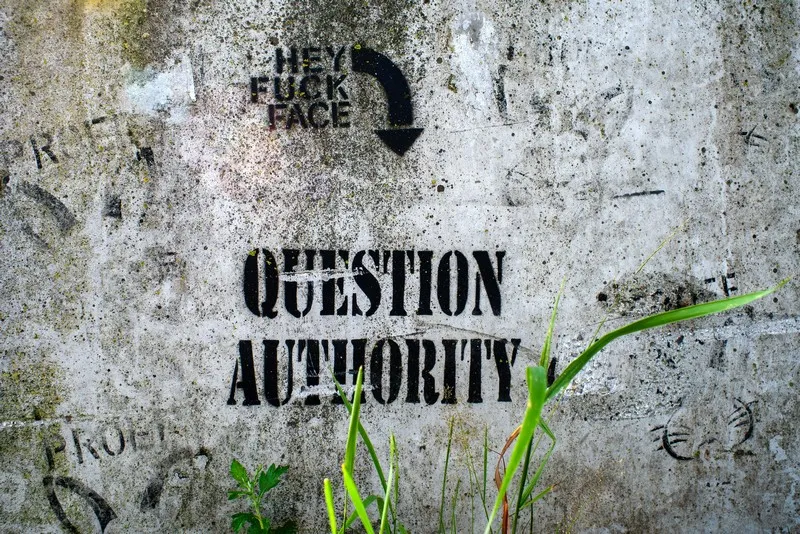Table of Contents
- Theoretical Foundations of Countervailing Power
- Mechanisms of Countervailing Power
- Case Studies of Countervailing Power
- Challenges and Limitations of Countervailing Power
- Implications for Social Policy and Practice
- Conclusion
The concept of “countervailing power” was introduced by economist John Kenneth Galbraith in his 1952 work “American Capitalism: The Concept of Countervailing Power.” While initially rooted in economic theory, the concept has significant implications for sociology. It describes the dynamics between different power centers within a society, emphasizing the role of various groups and institutions in balancing each other to prevent dominance by any single entity. In sociology, countervailing power is essential for understanding the complex interplay of social forces, the maintenance of social order, and the mechanisms of social change. This article delves into the concept of countervailing power, exploring its origins, theoretical foundations, and practical applications within the sociological context.
Theoretical Foundations of Countervailing Power
Origins and Economic Context
John Kenneth Galbraith introduced countervailing power to explain how large businesses and corporations, which hold significant economic power, are counterbalanced by other large entities such as labor unions, consumer groups, and government regulations. This balance of power prevents monopolistic practices and ensures a more equitable distribution of resources. Galbraith’s theory challenged the traditional laissez-faire economic models by highlighting the active role of institutional forces in regulating the market.
Application in Sociology
In sociology, countervailing power extends beyond the economic sphere to encompass various social institutions and groups that exert influence within a society. These entities include political organizations, social movements, non-governmental organizations (NGOs), the media, and educational institutions. The concept underscores the importance of power dynamics in maintaining social equilibrium and preventing the concentration of power that can lead to social inequality and oppression.
Mechanisms of Countervailing Power
Institutional Balancing
Institutional balancing occurs when different organizations and institutions check and balance each other’s power. For instance, in a democratic society, the government, judiciary, and legislative bodies function as countervailing forces to ensure that no single branch becomes too powerful. Similarly, civil society organizations, such as NGOs and advocacy groups, play a crucial role in holding corporations and governments accountable, promoting transparency, and safeguarding public interests.
Social Movements
Social movements are a significant form of countervailing power. These movements mobilize individuals and communities to challenge existing power structures and advocate for social change. Historical examples include the civil rights movement, the feminist movement, and environmental movements. These movements arise in response to perceived injustices and work to redistribute power and resources more equitably across society.
Media as a Countervailing Force
The media serves as a critical countervailing force by providing information, shaping public opinion, and acting as a watchdog against abuses of power. Investigative journalism, for example, has been instrumental in exposing corruption, human rights violations, and corporate malfeasance. By informing the public and fostering transparency, the media contributes to the accountability of powerful institutions.
Educational Institutions
Educational institutions play a pivotal role in countervailing power by promoting critical thinking, fostering social awareness, and equipping individuals with the knowledge and skills to challenge existing power structures. Through education, individuals become empowered to participate actively in democratic processes and advocate for social justice.
Case Studies of Countervailing Power
Get the full article AD FREE. Join now for full access to all premium articles.
View Plans & Subscribe Already a member? Log in.





